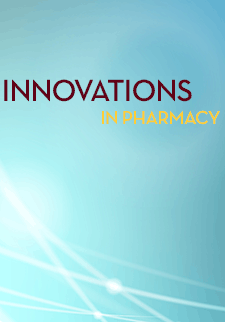Impact of Ambulatory Care Pharmacist-Led Diabetes Mellitus Management on Hemoglobin A1c Values Among Patients With Diabetes in a Primary Care Clinic Over Two Years
Insaf Mohammad
Wayne State University Eugene Applebaum College of Pharmacy and Health Sciences
Julie George
Beaumont Research Institute, Beaumont Hospital, Royal Oak
Jonathan Zimmerman
Department of Internal Medicine, Beaumont Hospital, Dearborn
Ruaa Elteriefi
Department of Internal Medicine, Beaumont Hospital, Dearborn
DOI: https://doi.org/10.24926/iip.v13i2.4815
Keywords: diabetes, ambulatory care, pharmacist, pharmacy, interprofessional
Abstract
Background: Previous evaluation in the literature of ambulatory care pharmacist management on glycosylated hemoglobin (HgbA1c) has been positive, but often limited to 6 to 12 months of follow up.
Objective: The objective of this study is to evaluate the impact of an ambulatory care pharmacist on HgbA1c among patients with diabetes in a primary care clinic over two years.
Methods: Retrospective chart review was conducted on patients with type 2 diabetes managed by the ambulatory care pharmacist. Patients with at least one HgbA1c value ≥7% in the two-year pre-intervention period were included. The primary outcome was the change in mean HgbA1c from baseline to two years post-intervention. The secondary outcome was the change in mean of all HgbA1c values over two years pre-intervention compared to two years post-intervention.
Results: Data for 116 patients was analyzed two years prior to and two years after ambulatory care pharmacist service initiation. The mean HgbA1c at baseline pre-intervention was 8.8% compared to a mean HgbA1c of 7.8% two years post-intervention. A total of 12.9% of patients (n=15) had a baseline HgbA1c of less than 7% pre-intervention, compared to 42.2% of patients (n=49) two years post-intervention (p<0.001). The overall mean HgbA1c was 8.8% in the two-year pre-intervention period and 8.2% in the two-year post-intervention period (p<0.001). Among patients with an overall mean HgbA1c ≥8% in the pre-intervention period, the mean HgbA1c was 9.8% pre-intervention and 8.7% post-intervention.
Conclusion: Ambulatory care pharmacist interventions demonstrated a significant impact on HgbA1c reduction over two years of follow up.



